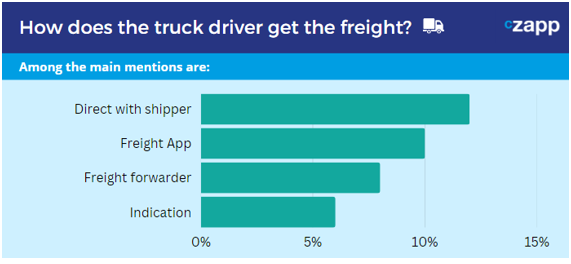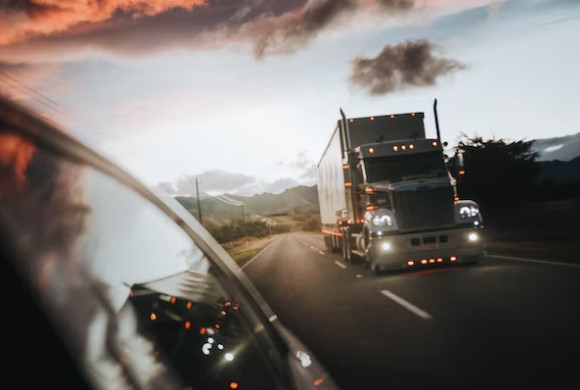Insight Focus
- App matches self-employed carriers and companies looking for freight.
- Founder of the app also talks about the reasons for the increase in freight rates in Brazil.
- More than 60% of cargo transport is done by road.
With over 4.2 million truck drivers and nearly 2 million kilometers of roads, Brazil has one of the world’s largest road logistics networks. And the flow of trucks has grown. In the last 20 years, truck traffic on the roads increased by around 60%, according to the Brazilian Association of Highway Concessionaires (ABCR) – most of all goods traded in Brazil are on highways.
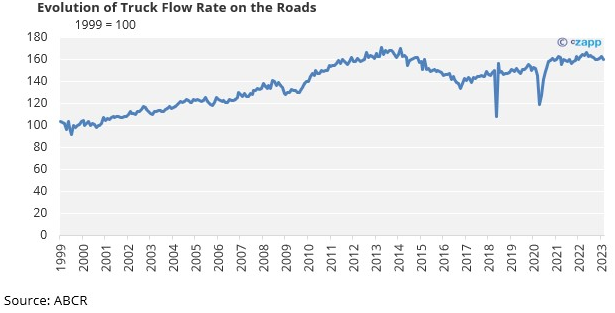
Even with the increasing digitization in the country, freight contracting is still for the most part analogue – often by telephone. And often, the driver has difficulty finding round trips, which reduces productivity (the average monthly income of truck drivers is around BRL 4,000). The increase in inflation, which reached 0.84% in February, compared to 0.53% in January, is another challenge, with direct impacts on freight prices.
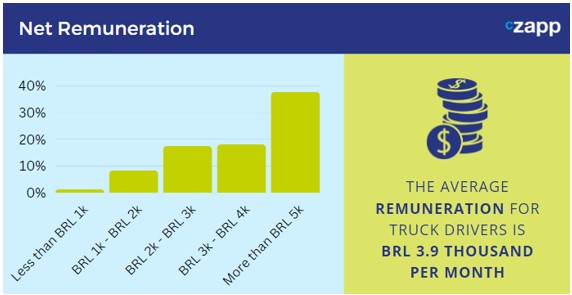
“There is a demand for technology that optimizes cargo transportation and reduces costs,” says Vanderlei Marques, founder and CEO of Trato, an app that connects drivers and companies looking for freight.
The business was born as a startup of VLI, one of the largest logistics companies in the country, in 2018. At the time Marques was head of innovation and new business development at the company. In a short time, the venture took solo flight.
Today, there are almost 130 thousand registered drivers. In 2022, around 23 million tons of cargo were transported through deals closed in the app, 26,8% more than in 2020. The truck drivers profile follows the Brazilian pattern, with a predominance of men who completed high school.

Read below the interview with Marques, in which he discusses the impacts of the freight increase and the technological advances in the app.
Let’s start by talking about freight. Why has it increased in recent months if the price of diesel has dropped 6.7% since the beginning of the year?
It is true that diesel accounts for 30% of truck driver costs. But we need to consider that other costs have risen, such as the price of tires. Truck maintenance is also more expensive. In addition, inflation in general weighs on the truck driver’s pocket. There is also the question of financing the truck, which, with higher interest rates, becomes more expensive. We also have the soybean super crop, which impacts freight prices. Anyway, there are several factors.
The government recently announced the end of the exemption from charging import taxes on tires, which is around 16%. Should this also weigh on the truck driver’s pocket?
Yes, any cost increase has an impact.
Regarding the cost of financing, there are no indications at the moment that the interest rate will drop in Brazil, since inflation is still high, right?
Well, for the time being there is no such sign. So, the cost of financing the truck should remain at current levels.
And what mechanisms have been used by the market to protect against the increase in freight costs?
VLI has partnerships with some carriers and mills to hedge the entire crop. But for mills that only want to hire road transport, there isn’t much to do.
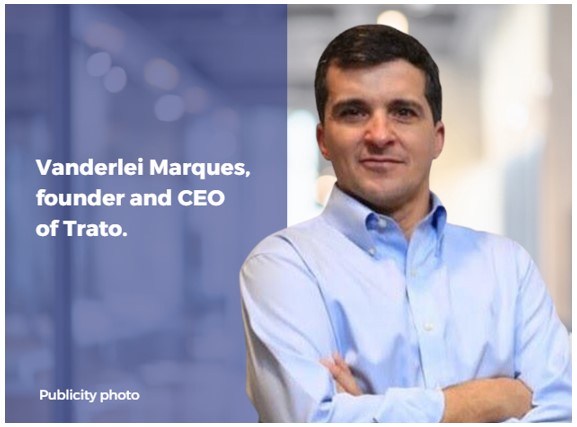
Let’s talk now about the Trato application, which you created when you were at VLI. What’s the news?
Trato was created within the VLI and gained its own wings. We made a strategic partnership with Accenture and in 2023 we will grow a lot. We have several customers in grains, fertilizers and other agricultural products. This year we should start working with fuel. We have partnerships with carriers and self-employed drivers to provide this service. This is part of the app, but we have another one that is also growing a lot.
Are you referring to the functionality created to connect truck drivers and companies in search of freight?
Yes. A very important part of the app is the scheduling of cargo transport done in this way, which is expanding. It is a solution to facilitate the contracting of freight by truck drivers and companies. The self-employed transporter registers, in which he provides data such as the characteristics of the truck, a personal profile photo and information such as the social security number and driver’s license. He can choose the freight in the app, in addition to the time to load the products. If the customer is interested, they close a deal on the platform.
How does the scheduling process work?
Through the app, the truck driver can choose when he will unload and load. He is also able to access the availability of return trips, which is important for increasing productivity. It is a technology that is evolving a lot. If the customer likes the driver, they close the deal on the platform.
Are you testing new features for the app?
Yes, we should have news for this year. We are studying truck drivers’ habits about the use of Apps and new technologies, which is not yet widespread in this segment. Based on this analysis, we are going to launch functionalities that are well suited to the profile and needs of the self-employed transporter. One of them has to do with the possibility of receiving payments and making transfers through the app.
